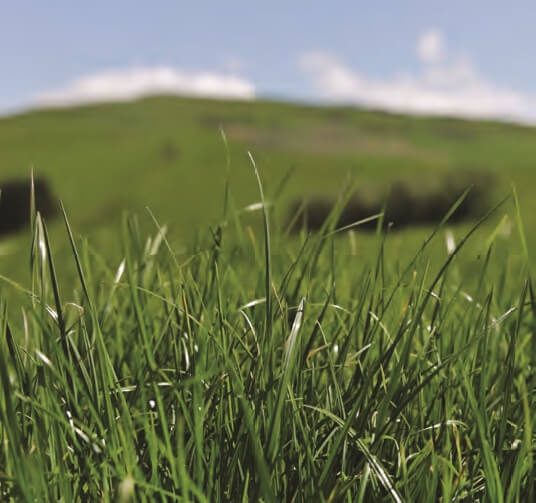Enhancing your perennial pastures with spring oversowing in September and October whilst sufficient soil moisture is available for emerging seedlings is a common practice for south east Australian farmers looking to drive more production. Here Notman Pasture Seeds explores the advantages, disadvantages and in-depth suggestions on optimising spring sown pasture. Spring sowing advantages Spring sowing disadvantages Enhance harvest density and quality Improve silage and hay DM yields with spring sown italian ryegrasses such as Surge Italian Ryegrass. Over sowing with fast establishing italian ryegrasses provides exceptional yield, and luscious leaf growth. Surge is ideal in this scenario this September as it will improve pasture density when it comes time to harvest for silage & hay. And with soil temperatures & daylight […]
Tag: Pasture Renovation

Renewing pugged pastures
After what most Gippsland farmers would consider a normal rain sodden winter, paddocks across the region have become saturated to a point that it has led to severe pasture damage, and recovery will depend on a number of factors when planning what strategies you may wish to take. Gippsland farmer and owner of Notman Pasture Seeds Peter Notman has provided some tips for repairing pugged pastures. Pugged pasture re-sowing options We have observed a large amount of successful spring grass sowing during our 30 years in the field when there is good planning, timing, seed soil contact and fertility. The spring pasture re-sowing window is short, so as soon as soils are dry enough to get machinery on the re-sowing […]
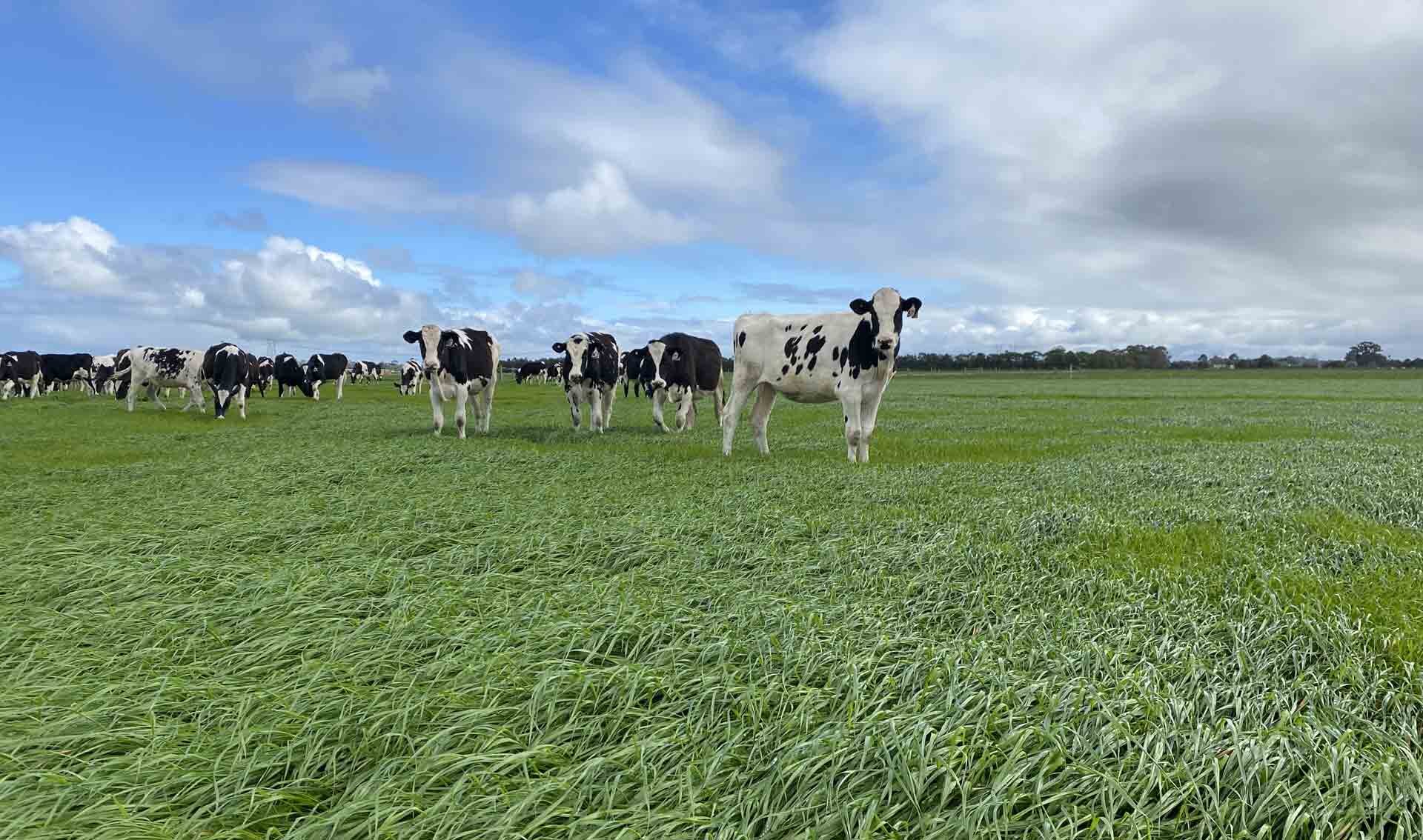
Better results from pasture renewal with a final check
Maximising autumn pasture renewal starts with optimising pasture establishment by checking for & eradicating competing weeds & grass – and this can make all the difference in success or sub-optimal establishment of new pasture. A final check of your paddocks before you spray them out this season is the first step towards establishing strong & persistent pasture. It’s an opportunity to find out what weeds are present, taking pictures if you’re unsure, and getting in touch with your local agronomy team to find out what you need to get rid of them. It often as simple as this final check. Peter Notman of Notman Pasture Seeds says even if you’re ticking all the other boxes with good variety selection, adequate soil fertility and start-up fertiliser, this final paddock check before sowing can establish the need to broaden […]
Pest protection for emerging seedlings – Insecticide Seed Treatment
Seed treatment is an effective way to protect emerging seedlings against pests, with options available for: Red-legged earth mite Blue oat mites African black beetles Aphids Cutworms Wireworms and Lucerne flea. Why use seed treatment? If you’ve encountered pasture loss in the past due to insect pressure, seed treatment is a worthy consideration. By protecting seedlings against key insects, seed treatment products help maximise plant establishment and early plant development when young seedlings are most vulnerable to pest pressure. Reducing the impact on the soil environment The active ingredient only covers the surface of each seed so that it is always located right where it is needed. The result is a reduction in the amount of chemical needed to protect […]
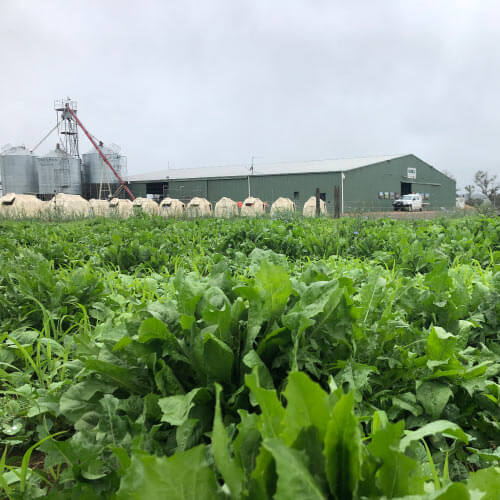
Spring into action with our Top Crop & Multi Specie Blends
We’ve put together a selection of our Top Crop & Multi Specie Pasture blends that have a proven track record in providing diverse feed options for summer and early autumn: Top Crop Brassica & Herbs Top Crop Millet & Brassica Top Crop Millet & Rape Summer Multi Species Pasture Blend Top Crop Brassica & Herbs High quality summer forage A extremely high quality, easy to manage blend of Chicory, Plantain, White Clover, Leafy Brassica & Forage Rape. Top Crop Brassica & Herbs is an excellent way to increase pasture quality through to early Autumn when you can potential drill perennial grasses back in.This blend combines herbs and clovers with a brassica crop, allowing the brassica to act as a cover […]

Pasture recovery from pugging damage
PETER NOTMAN | 2011 Despite the best efforts of many farmers, with the high rainfall in autumn, winter and early spring periods, soils have become saturated. This has led to severe pasture damage on a large number of farms in south-west Victoria and Gippsland. Recovery will depend on a number of factors, and when planning the recovery strategies best suited to your farm. KEY POINTS Prioritising your main targets early if possible. Don’t take on more than you can manage effectively. Roll as soon as soils begin to dry out – have the roller ready to go Control of weeds and pests essential both pre- and postgrazings of new re-sowings All re-sowing requires appropriate timing. All re-sowing requires good seed […]
Managing grass for lower sugar content
Fertiliser: It’s essential your paddock has enough nutrients to grow leafy and minimise the sugar concentration. Overgrazed poor pastures often have Native species: Native species are lower in sugar, however they don’t tolerate hard grazing very well. Hard grazing generally depletes the roots reserves. In an ideal world pastures are rotated to give the root reserves a rest. Graze earlier in the day: Generally lower sugar levels in the morning, or even in the shady areas of a morning. Sugars raise in the afternoon. Sunshine / Shade:
Why grow Multi Specie Pasture Blends?
Why grow Multi Specie Pasture Blends? Improve soil and root structure Improve pasture persistence Use water and nutrients more efficiently Interrupt pest and disease life cycles Prevent soil erosion. Improve moisture holding capacity Increase nitrogen with introduction of legume Prepare soil/paddock for following crop High quality forage for livestock Increase production, healthier stock, faster weight gains Managing Multi Specie Pasture Blends Start on small areas and work out which varieties prosper on your property. Observe the results and then make adjustments as necessary. It’s important that with multi specie blends that contain broadleaf species (such as chicory, plantain) that we do not apply any post emergent herbicides such as 2,4D Amine or MCPA. This will suppress or kill they species […]
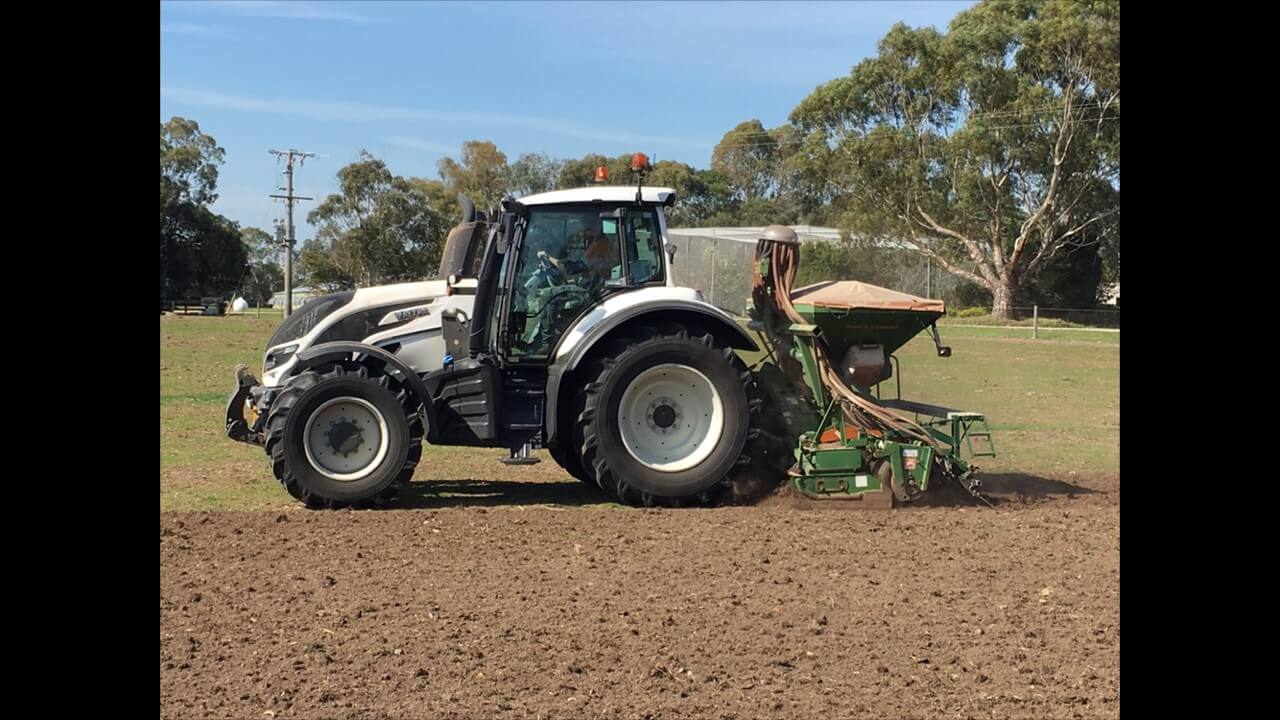
Step by step pasture renovation
With home grown feed more important than ever Notman Pasture Seeds have prepared a range of pasture planning recommendations to optimise the establishment of ryegrass pastures this season. Peter Notman, owner of Notman Pasture Seeds and Walcha Dairy, said there are key dynamics to maximising the establishment ryegrass pastures. ‘It’s important being organised throughout the whole process, including paddock preparation, germination, weed control and through to the first grazing’ ‘Optimise paddock potential prior to sowing by reducing unwanted trash and summer grasses such as barley grass and maximising germination of weeds’ ‘A fine, firm clean seedbed and spraying out germinating weeds with a knockdown herbicides & a spike so you are ready to plant into clean paddocks. Under all cultivation […]
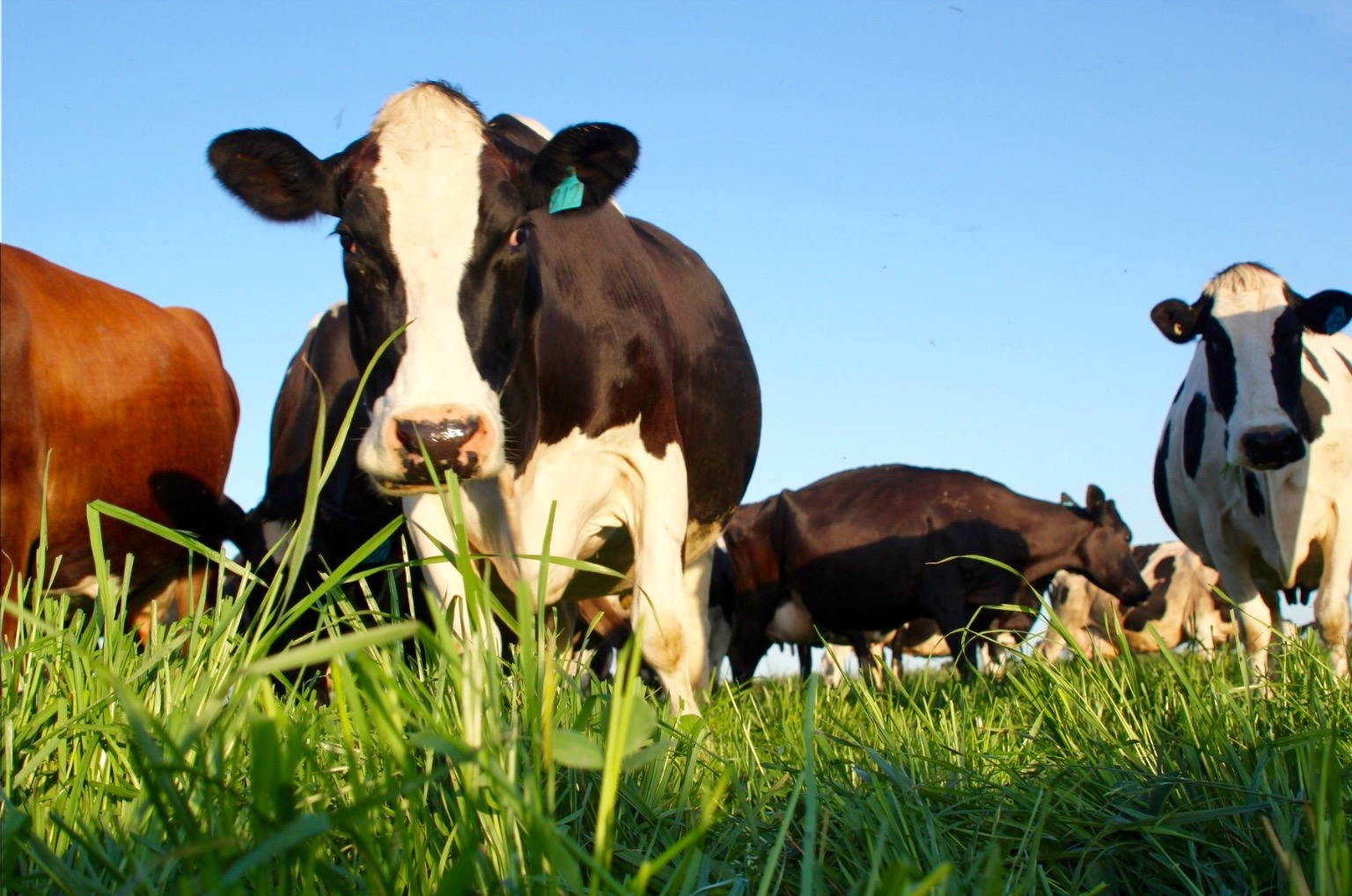
Gippsland pasture planning recommendations
Notman Pasture Seeds has prepared a range of pasture planning recommendations to optimise the establishment of ryegrass pastures this Autumn. Poowong based Peter Notman of Notman Pasture Seeds said there were key dynamics to maximising the establishment of pastures. With home grown feed in the Gippsland more important than ever it is important to get the basics right. “It’s important being organised throughout the whole process, including potential sprayout, paddock preparation, germination, weed control and through to the first grazing,” Mr Notman said. He advised farmers to optimise paddock potential prior to sowing by reducing unwanted trash such as weeds and summer grasses by grazing paddocks hard. “A fine, firm clean seedbed is important and spraying out germinating weeds with […]







